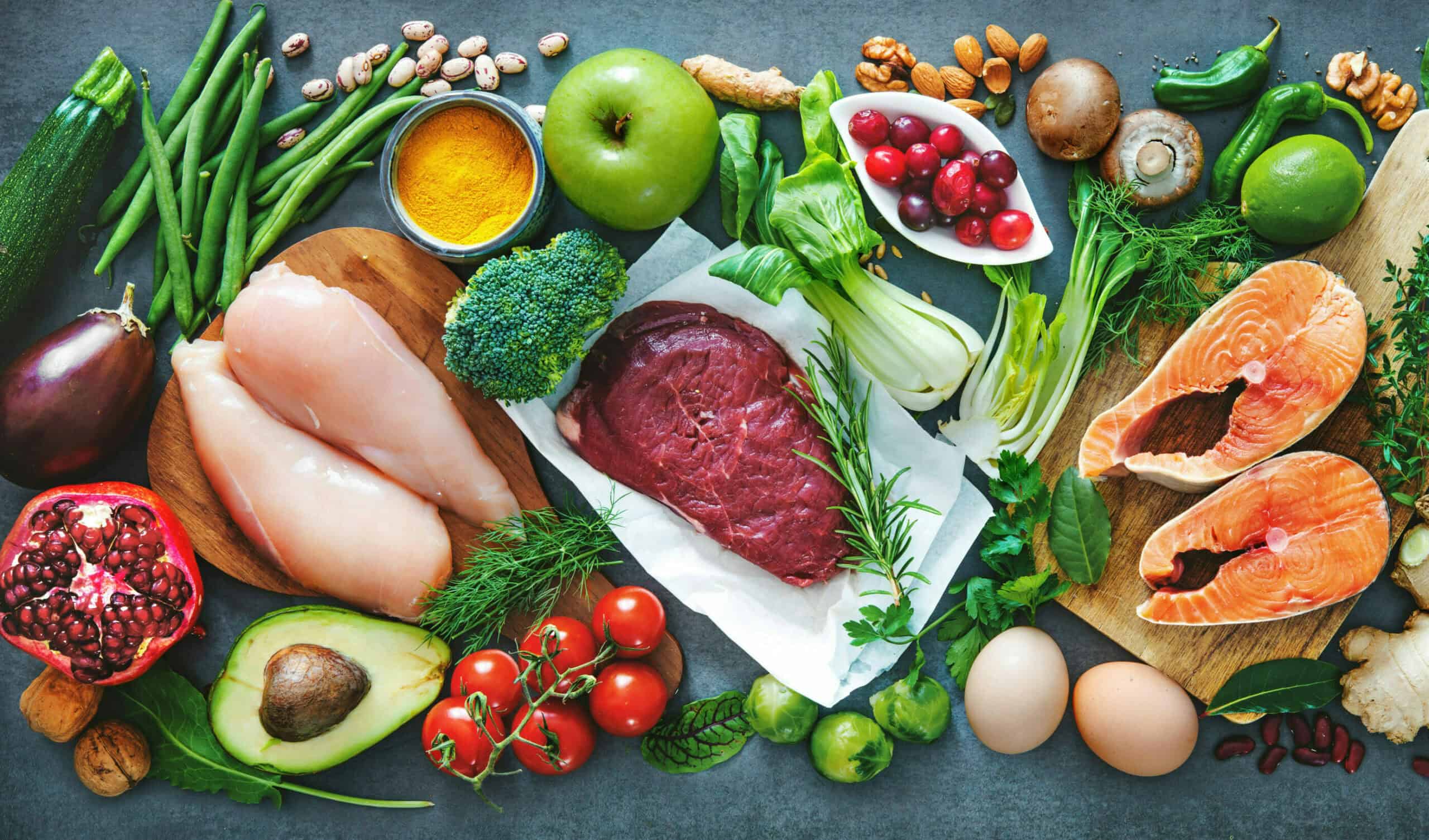38% of American adults have pre-diabetes. That’s a frightening statistic, but it’s about to get scarier.
High blood sugar leads to pre-diabetes, and eventually diabetes, which can take a major toll on many aspects of your health. But pre-diabetes doesn’t cause any clear symptoms. In fact, 8 out of every 10 people with pre-diabetes don’t know they have it!
Blood sugar regulation is the key to staying far away from those statistics. Below, I’ll tell you everything you need to know about blood sugar and give you three blood sugar-balancing tips you can start using today.
What is Blood Sugar?
Blood sugar, or glucose, is the main sugar found in your blood. It comes from the food you eat, and it’s your body’s main source of energy.
In the medical world, the term “blood sugar” refers to the concentration of glucose, a simple sugar, within a set volume of blood.
How Do You Get Your Blood Sugar Tested?
If you have your blood sugar levels measured, you’ll have to fast for 8 to 10 hours (or overnight) before the test. Your healthcare provider will then prick your finger and apply the blood to a test strip.
Sometimes after this test, your healthcare provider will have you drink a sugary solution, wait 1 to 3 hours, and have your blood sugar tested again. This can help your doctor know your body’s glucose tolerance.
What is the Normal Range for Blood Sugar?
The normal fasting blood glucose concentration is between 70 mg/dL and 100 mg/dL. If your blood glucose is between 100 and 125 mg/dL, your doctor will probably recommend changing your lifestyle and monitoring your blood sugar regularly at home.
Why Does Blood Sugar Matter for Your Health?
We all need sugar in our blood. It provides our cells with the energy they need to function. When blood sugar is too high for too long, though, all sorts of long-term, serious health problems can follow.
Heart disease, stroke, vision loss, nerve problems, and kidney disease are just some of the issues you can experience if your blood sugar is out of control. Hyperglycemia (a fancy term for high blood sugar) can also damage the vessels that supply blood to vital organs.
How Does High Blood Sugar Happen?
Normally, after you eat, your blood sugar levels rise. As your blood sugar rises, your pancreas releases a hormone called insulin, which prompts your cells to absorb sugar from your blood.
A high-sugar, high-carb diet or one high in saturated fat can lead to insulin resistance. This means that your body stops responding properly to the effects of insulin. Over time, the sugar you eat can’t make it into your cells to be used for energy. Instead, it stays in your bloodstream.
How Does Blood Sugar Affect Weight Loss?
Insulin is a key hormone involved in fat storage and weight gain. When insulin levels are elevated, it impairs your body’s ability to burn fat for energy.
Insulin levels tend to mirror glucose levels. If your blood sugar level rises, insulin soon follows. Balanced blood sugar can help you lower your insulin levels and enter a fat-burning state.
How Does Your Diet Affects Blood Sugar?
The concentration of glucose in your blood changes continually throughout the day. It even may vary significantly from one minute to the next.
When you exercise, for example, your blood sugar will often drop. When you eat, your blood sugar will rise. Sometimes around a meal, your blood sugar can increase dramatically.
Here’s what happens: After you eat, your body starts to break down the food in your stomach and turn it into fuel. The carbohydrates you eat (especially the simple ones like sweets, sugar, white bread, and white rice) are broken down by your body into simple sugars. These sugars then enter your bloodstream.
How to Improve Your Blood Sugar Response Around Meals
Now that you know that a big jump in your blood sugar isn’t the best for your health or waistline, check out these 3 tips that’ll help you keep your blood sugar balanced at breakfast, lunch, and dinner.
- Use Your Muscles
When you stay sedentary after meals, the extra glucose you ate is stored in your liver, muscles, and fat cells. If instead, you contract your muscles as glucose moves from your digestive tract to your bloodstream, your cells use that glucose as fuel immediately.
You don’t have to join CrossFit to get these benefits. Climb the stairs in your office building. Drop and give me some pushups behind your desk. To improve your blood sugar response, simply set aside ten minutes after each meal to get moving.
The goal: Walk for 10 to 20 minutes or to complete a 10-minute strength or resistance session within 70 minutes of your meal.
- Eat Carbs Last
Never eat carbs alone. Pairing carbs with fiber, protein, and/or healthy fat decreases how much and how quickly glucose is absorbed by our bodies.
Here’s why:
- When we eat carbohydrates alone, our hunger hormone, ghrelin, fluctuates rapidly, so we go from feeling full to hungry again very quickly.
- Fiber, fats, and protein slow gastric emptying, keeping you full and satisfied for much longer.
- Fiber also reduces the action of alpha-amylase which is needed to break down carbs into glucose.
- Lastly, fiber creates a barrier along the intestinal walls making it harder for glucose to be absorbed.
The goal: Always pair carbs with healthy fiber, protein, and/or fat (toast + eggs and avocado) and eat your carbs last when possible.
- Sip Vinegar First
Vinegar isn’t the tastiest. But once you learn a few tricks on how to get it down easier, you’ll start seeing much more balanced blood sugar levels throughout the day.
The acetic acid in vinegar temporarily inactivates the enzyme alpha-amylase. Because of this, sugar and starch are converted to glucose more slowly.
Acetic acid also encourages our muscles to uptake glucose more quickly. The combination of this slower conversion and quicker uptake results in a smaller glucose spike in your bloodstream.
The goal: drink 1 tablespoon of vinegar (any vinegar just avoid balsamic vinegar) in a tall glass of water less than 20 minutes before your meal. Start with a teaspoon and work your way up. Don’t forget to use a straw to protect your teeth’s enamel!
Don’t Wait for Symptoms to Start
Fasting blood sugar and fasting insulin are two of the eleven lab tests you should be getting every year. Having a snapshot of your labs annually can give you a clear vision of your health and where you can improve. These tests can catch signs of metabolic dysfunction long before things get serious!
Try out my three simple habits around meal times to improve your blood sugar response by up to 30%. Download my Free Lab Work Guide, and start taking charge of your health today!





